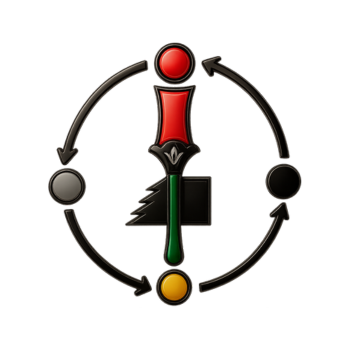-
Within the Dinka community, the Dinka children, like children all over the world, play a variety of games that are primarily entertaining but are also subtly geared toward developing in a child an awareness and sensitivity for Dinka values and norms. As might be expected, cattle, marriage, the distinctive roles of the sexes and the values of physical strength and courage for men are among the prominent features of this educational process. Their educational content can only be understood in the total context of their performance, in the emotional disposition they develop in the children and from their cultural background nourishing such disposition.
Courage and strength for boys/men always form a recurrent theme and there are games which are geared toward developing in a boy an independent and courageous personality. Dinka children are encouraged to fight out their grievances instead of nursing them. Games of violence however have a more extensive purpose given the violent nature of the Dinka society, developing physical courage and strength as well as skills is the preparation for the task ahead. Training is still a cultural necessity.
Physical training entails a variety of sports which include:
“dheek” – a game of tag
“weer” – racing
“lir” – high jumping and
“acituek” – a form of field hockey.Courage in fighting is considered more valued than actual strength. They believe that cowards, if compelled to fight are unusually strong. Crying is the worst sign of defeat, a child who cries is rebuked even by his parents. This is preparation for a later demand that men must never cry whatever the situation. For boys, fighting with spears is learned through the use of shaft like branches of trees which are shaped on one end to represent spears.
For example in one game, a large ball like root of the amiyok plant is tied to a long string and swinging in a circle by one boy while the rest form a circle and spear the object as it passes by. This is one of the popular ways of spending the long day herding. These branches are used in fights between children of different sections and although such fights are only games, they do sometimes result in serious injuries that could occasionally cause death.
Thus, although the Dinka do not have institutions for formal education and training, the process of growth is educational. Their games are not only played for fun; they are a means of disposing and adjusting children to the norms of society. The forms of these do differ with age, but the very essence is introduced early.

